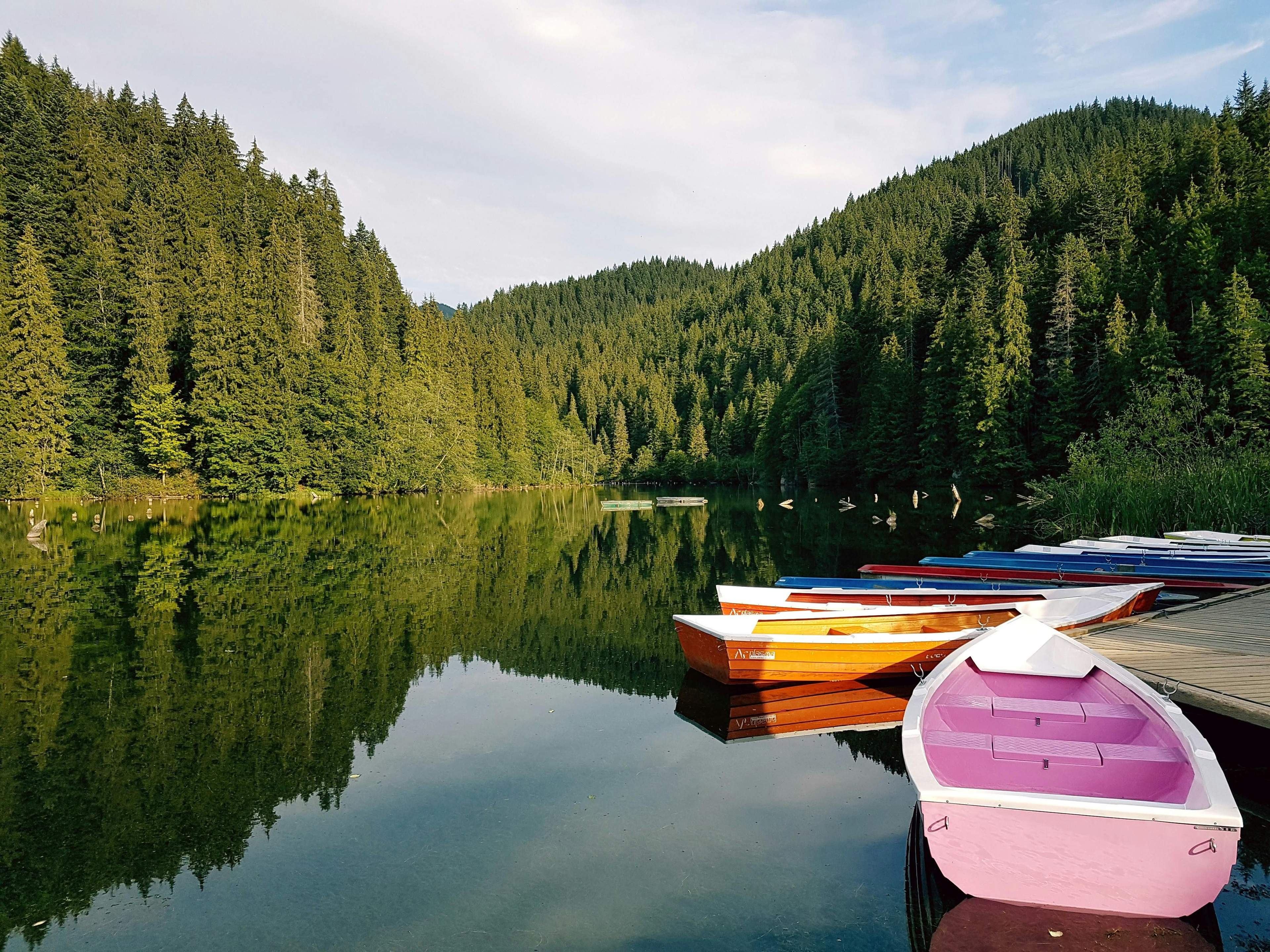The Art of Stillness: Why Slowing Down is the New Luxury
In a world that celebrates speed, there's a quiet rebellion happening. It doesn't look like another productivity hack or a new supplement promising sharper focus. Instead, it looks like stillness, an unhurried morning, the hush of a spa garden at sunrise, or the simple luxury of time to just be.
Luxury today isn't defined by extravagance; it's defined by presence.
Across the wellness and travel industries, this shift is unmistakable. Guests are seeking spaces that allow them to disconnect from digital noise and reconnect with their own rhythms. The most sought-after retreats are no longer those offering endless options, but those that create intentional pauses.
A Return to Ritual
Stillness, when you think about it, has always been part of human restoration. Ancient cultures understood this long before "self-care" became a trend. Whether it was the Japanese art of "forest bathing" (shinrin-yoku) or the Finnish sauna rituals that date back thousands of years, stillness wasn't passive; it was sacred.
Today's wellness destinations are rediscovering that wisdom. The most memorable spa experiences are rooted in ritual, a slow tea ceremony, the deliberate rhythm of a massage, the scent of cedar after a rainfall. These sensory anchors bring guests into the present moment, where true restoration happens.
When a resort designs for stillness, it designs for transformation.
The Design of Calm
Some of the world's most visionary wellness spaces are now being built with this principle at their core: simplicity as sophistication. Think soft textures, natural light, and a restrained palette that quiets the mind the moment you arrive.
A beautifully designed space doesn't demand attention; it offers it back to you. From open-air yoga pavilions overlooking crystal waters to Nordic-style spas on mountain sides, these environments invite us to breathe differently.
And it's not just architecture, it's intention. The music, the pace of the service, and even the way the staff communicate contribute to this overall sense of calm. Every detail adds to or takes away from stillness. The best spaces know this balance instinctively.
The Wellness Traveler Today
The modern wellness traveler isn't looking to be impressed; they're looking to feel something real. They crave experiences that restore meaning, not just memories. A recent Global Wellness Institute report noted that travelers are increasingly prioritizing "transformative wellness", a blend of nature, purpose, and personalization.
This shift means that stillness isn't just a lifestyle choice; it's a market movement.
Wellness resorts, boutique hotels, and spa destinations embracing this approach aren't simply offering relaxation; they're offering relevance. Because in an age of constant connection, disconnection is the new aspiration.
Finding Stillness in Everyday Life
Of course, not everyone can jet off to an alpine sanctuary or a Balinese retreat. But that's the beauty of the stillness movement, it's accessible. You can find it in a mindful morning walk, in a ritual bath at home, or even in the act of savouring a meal without multitasking.
Stillness doesn't require you to escape your life; it asks you to return to it more fully.
The Takeaway
The next time you think about wellness, think beyond treatments and trends. Think about spaces, physical and emotional, that help you slow down enough to remember who you are.
Because in the end, the greatest luxury isn't found in the spa, it's found in the pause.
Discover more reflections on wellness, design, and storytelling at WellBranded on Substack.
The Wellness Lens is an editorial series by Jill Pawlik-Copywriter/Brand Storyteller, exploring the spaces, stories, and experiences shaping modern wellness and luxury travel.

